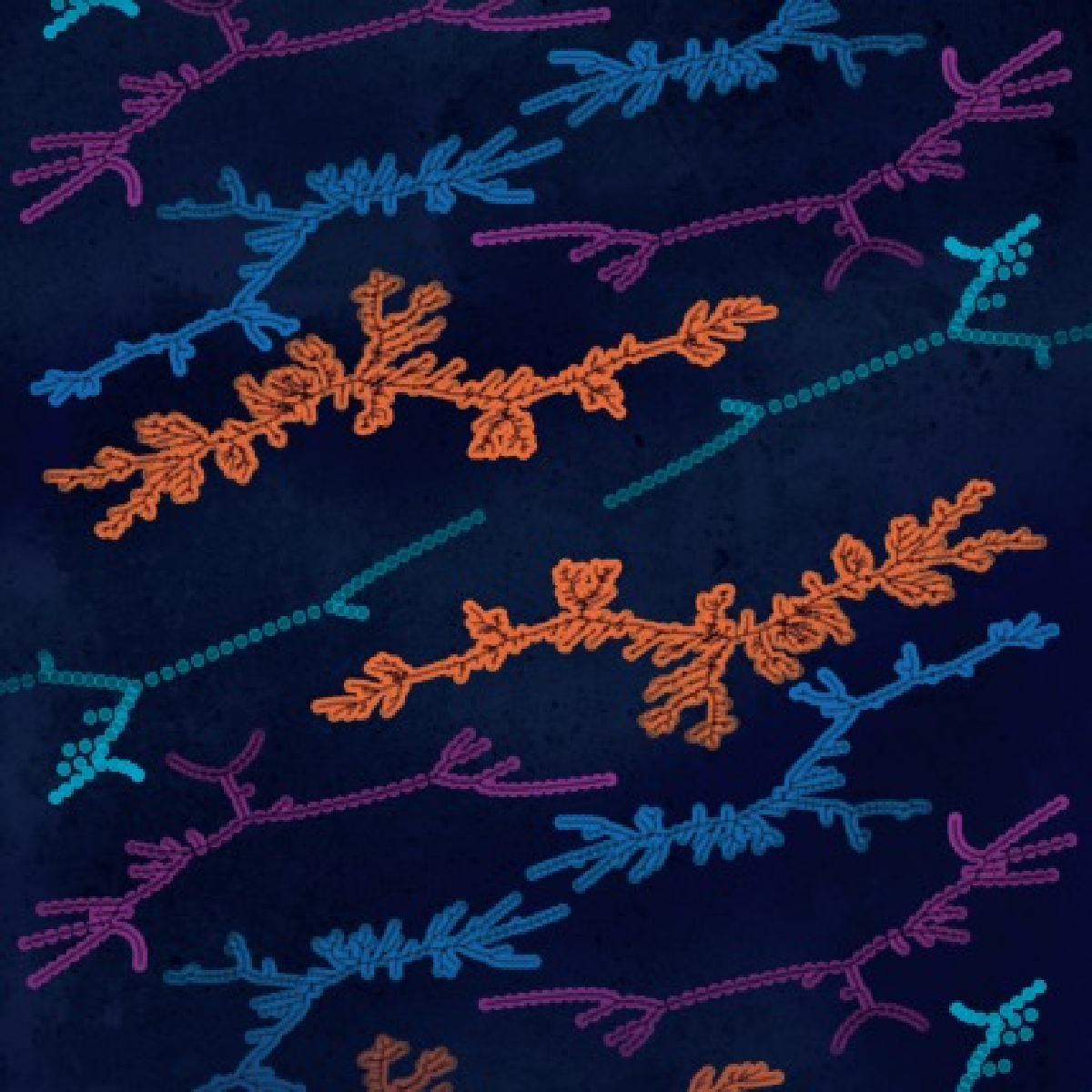















Network renormalization
Statistical physics
Laplacian renormalization group for heterogeneous networks
The renormalisation group is a powerful tool for examining organisational scales in dynamical systems. But applying it to complex networks presents challenges because of correlations between intertwined scales. We develop a Laplacian renormalisation group approach that can identify proper spatiotemporal scales in complex networks, introducing so-called Kadanoff supernodes to resolve detrimental small-world effects.